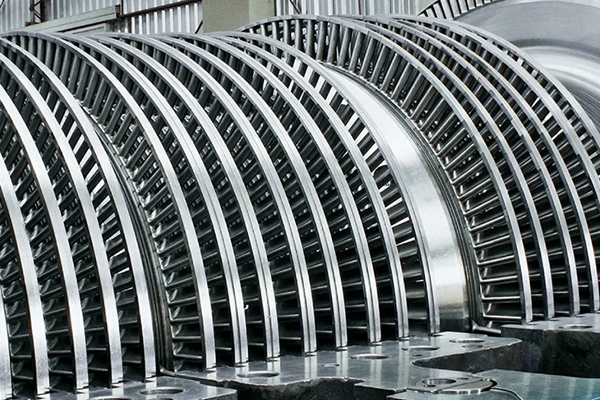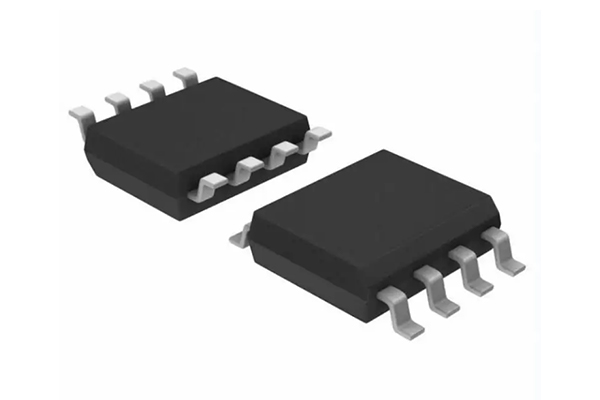8 Myths About EV Batteries You Need To Stop Believing
Description
While electric vehicle batteries have transformed the automotive industry, several myths are still associated with the performance and longevity of these batteries. This article will explain various misconceptions regarding Li-ion, NiMH, and solid-state batteries.
Myth 1: EV Batteries Don't Last Long
One common myth about EVs is that the batteries do not last very long. In reality, modern Li-ion batteries—the most commonly used in electric vehicles—last anywhere from 8 to 15 years, based on use and environmental conditions. These batteries come with warranties of up to 10 years, providing consumers with assurance regarding their longevity. Although older models of EVs may have shorter lives for their batteries, today's batteries are significantly more durable and efficient due to advances in technology.
Myth 2: EV batteries are harmful to the environment.
While it is true that manufacturing batteries tends to have an environmental effect, the general carbon footprint of an electric vehicle is much smaller compared with traditional petrol-powered vehicles, particularly when considering their total lifecycle. Using renewable energy sources to charge EVs further reduces their environmental impact. Additionally, the development of battery recycling simplifies the recovery of valuable materials like lithium, nickel, and cobalt, which can be reused for new battery production, minimising waste.
Myth 3: Li-ion batteries are the only types of batteries used in EVs.
Not all electric vehicles today use Li-ion batteries, although they may be the most common choice. Early hybrid models utilised NiMH batteries, and there is ongoing research into other alternative battery options, including solid-state batteries. This is primarily because, especially for solid-state batteries, energy density is higher compared to traditional Li-ion batteries, with improved safety features. Currently, however, solid-state batteries are still under development and have not yet entered the consumer market.
Myth 4: EV Batteries are too expensive to replace.
The foremost concern people typically express is the initial cost of EV batteries. However, the price of batteries has significantly decreased over the past decade. In fact, lithium-ion battery prices have fallen by more than 85% since 2010, making electric vehicles more affordable. Furthermore, most EV manufacturers offer extended warranties that cover battery replacement. As battery technology continues to improve and manufacturing processes scale up, the cost of replacement will likely continue to decrease.
Myth 5: EV batteries are all the same.
Not all EV batteries are the same, as the type depends on the manufacturer and model. The most popular option is the lithium-ion battery due to its high energy density, lightweight, and rapid charging capabilities. In contrast, NiMH batteries are less commonly used in recent EVs but were initially employed in hybrid models. Solid-state batteries, which are still under development, promise better performance, increased safety, and extended lifespans.
Myth 6: EV Batteries Can’t Handle Extreme Temperatures
While extreme temperatures may affect performance, the latest electric vehicle batteries can operate in challenging conditions. Most EVs are equipped with a battery thermal management system that maintains appropriate temperatures for the batteries and prevents overheating or freezing. Although very low or high temperatures can temporarily reduce their efficacy, they do not pose a significant threat to the battery's lifespan.
Myth 7: EV Batteries Are Difficult to Recycle
Recycling EV batteries is not complex. It is a crucial process to mitigate the environmental impact of battery production and consumption. Many automakers and battery manufacturers have implemented recycling programmes to recover valuable materials from used batteries. Emerging technologies are also enhancing the efficiency of the recycling process toward more sustainable battery production and disposal.
Myth 8: EV Batteries Are Too Heavy for Practical Use
While electric vehicle batteries can be heavy, considerable advancements have been made by manufacturers in reducing battery weight without compromising energy storage capacity. Lithium-ion batteries are lighter than their predecessors, such as nickel-metal hydride batteries, and solid-state batteries are expected to further decrease weight. Additionally, EV manufacturers are optimizing their vehicle designs to better accommodate the weight of the battery while maintaining practicality and functionality.
Frequently Asked Questions
How long does an average EV battery last?
A typical EV battery lasts for 8 to 15 years, depending on usage and environmental factors.
How much does it cost to replace an EV battery?
The cost of replacing a battery can vary, but it has significantly decreased over the last decade. Many manufacturers provide warranties, which also cover replacement for up to 10 years.
Are lithium-ion batteries the best option for electric vehicles?
Currently, lithium-ion batteries are the most common option, though alternatives, such as nickel-metal hydride and solid-state batteries, offer their own set of advantages.
Can electric vehicle batteries be recycled?
Yes, EV batteries can be recycled. Efforts are ongoing to enhance the processes of battery recycling to recover valuable materials, such as lithium, nickel, and cobalt.
Are solid-state batteries better than lithium-ion batteries?
Solid-state batteries offer improved energy density and high safety levels, but they remain in the developmental stage and have not yet achieved widespread usage.

 Bars
Bars
 Beads & Spheres
Beads & Spheres
 Bolts & Nuts
Bolts & Nuts
 Crucibles
Crucibles
 Discs
Discs
 Fibers & Fabrics
Fibers & Fabrics
 Films
Films
 Flake
Flake
 Foams
Foams
 Foil
Foil
 Granules
Granules
 Honeycombs
Honeycombs
 Ink
Ink
 Laminate
Laminate
 Lumps
Lumps
 Meshes
Meshes
 Metallised Film
Metallised Film
 Plate
Plate
 Powders
Powders
 Rod
Rod
 Sheets
Sheets
 Single Crystals
Single Crystals
 Sputtering Target
Sputtering Target
 Tubes
Tubes
 Washer
Washer
 Wires
Wires
 Converters & Calculators
Converters & Calculators
 Write for Us
Write for Us





 Chin Trento
Chin Trento



